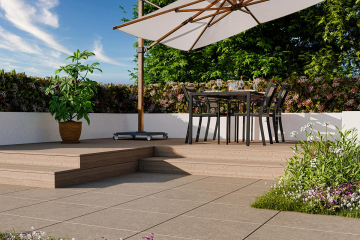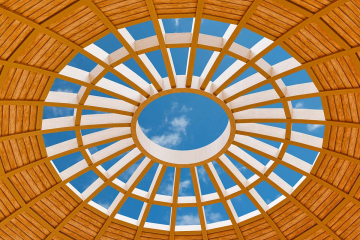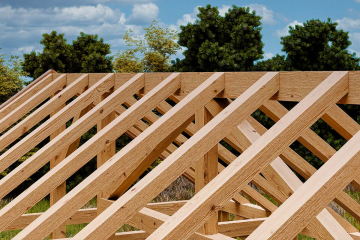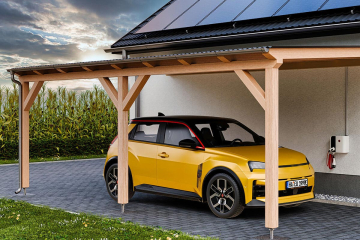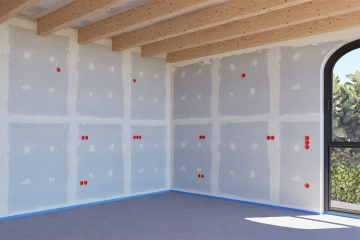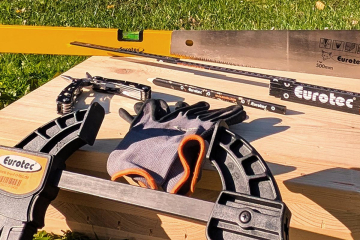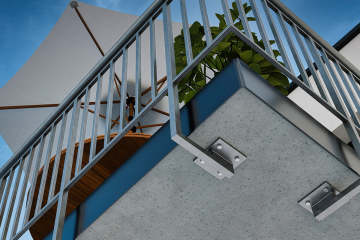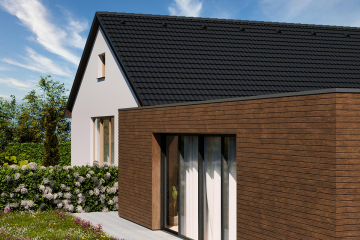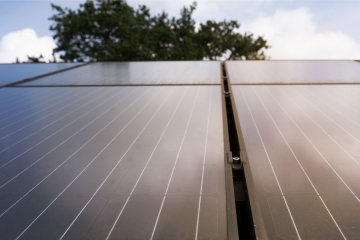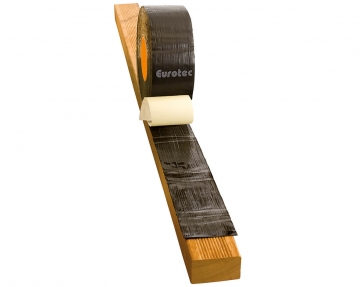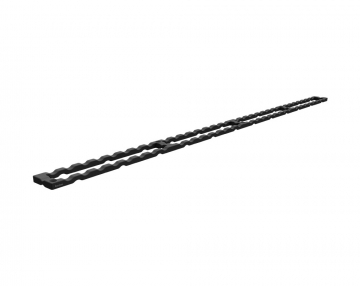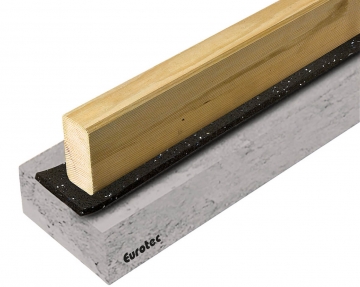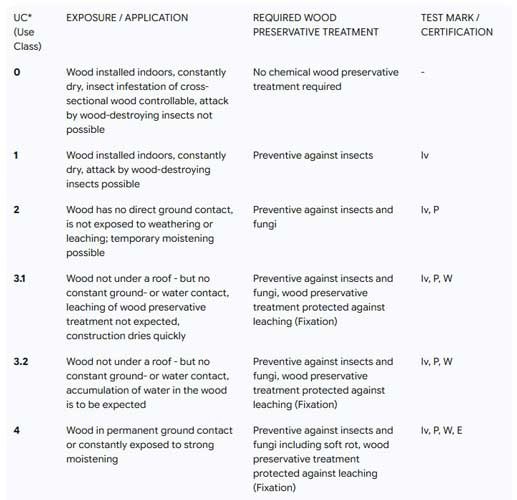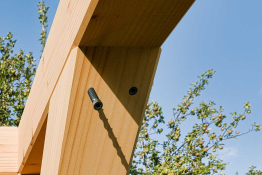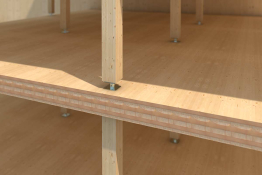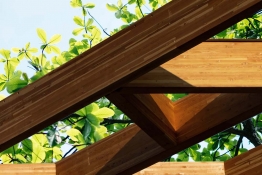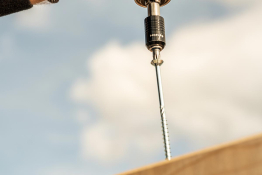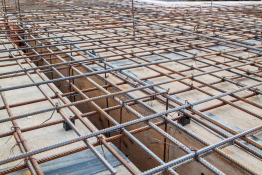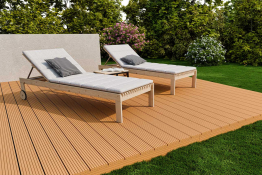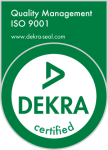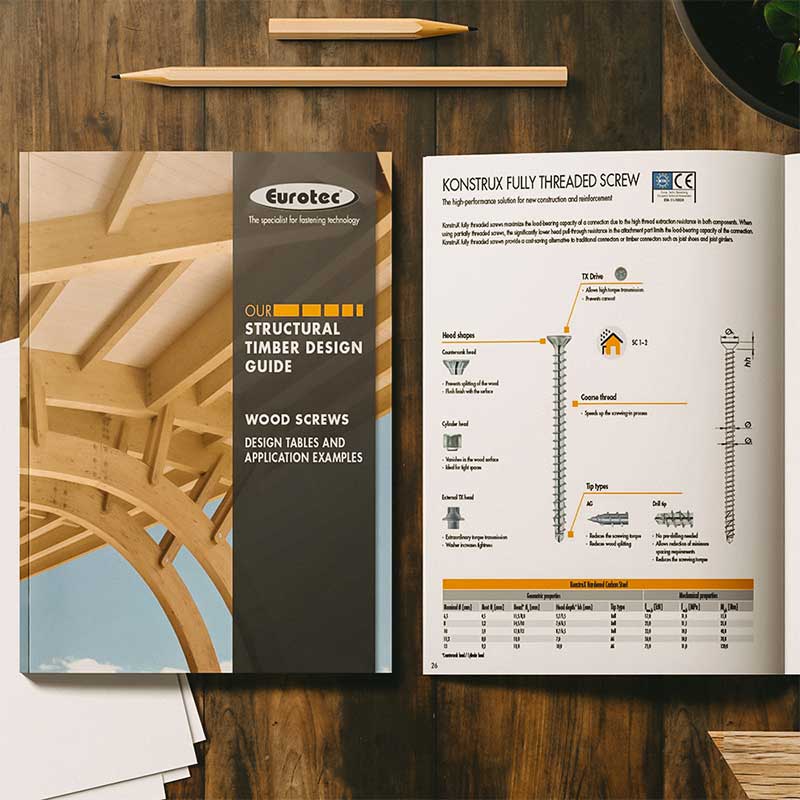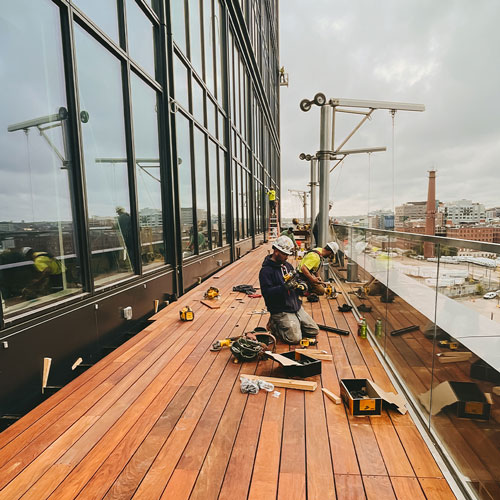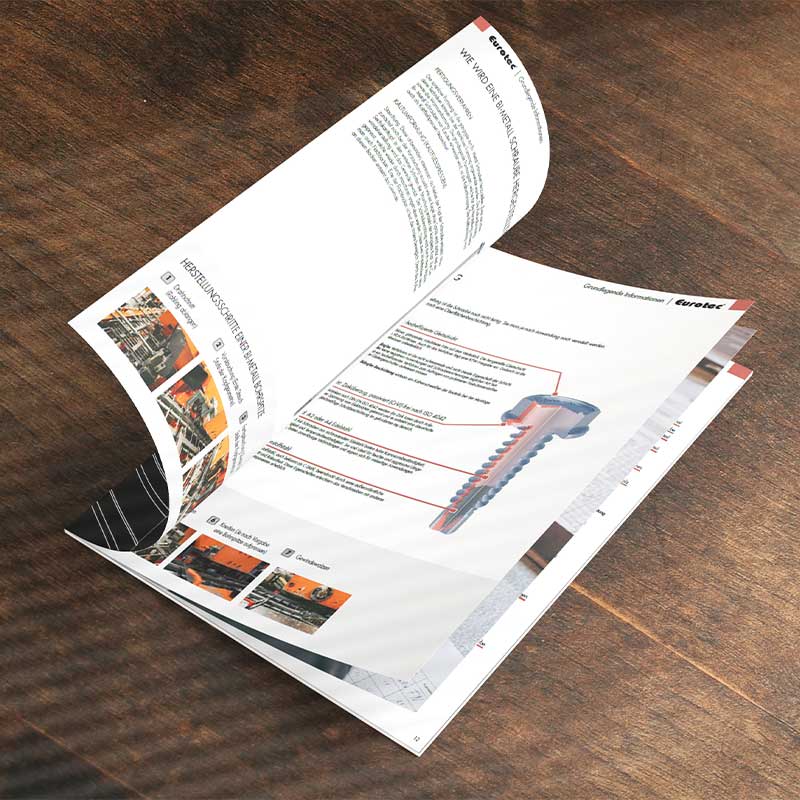Building Outdoor Terraces and Planning Aids
Created on: 26 July 2023
Building Outdoor Terraces and Planning Aids
A wooden terrace always requires a robust, durable, and solid substructure when being built. The lifespan plays an equally important role, because by choosing the right material and suitable fasteners, the most essential foundation is already laid. The wide variety of wood types can help meet individual requirements in the planning and aesthetics of the terrace. However, wood species differ not only in appearance but also in their technical properties, so it is especially important to carefully consider which wood will ultimately be used for the terrace.
As is well known, direct contact between wooden structures and the ground is not recommended due to rising moisture, which can lead to rot, fungal infestation, and other forms of decay. This can also negatively affect the quality and durability of wooden decking boards.
This rule naturally applies when laying decking boards as well: sufficient ventilation between wooden components (such as between the substructure and decking boards) should be ensured. This can be achieved through spacer installation, for example, by using our Dista-Leiste 2.0.
The key term here is constructive wood protection – it is essential for ensuring a long service life for any terrace. During the planning stage, it is also important to decide whether the decking boards will be visibly/directly or invisibly/indirectly fixed.
Take a look at our decking fastening options, depending on the type of wood you plan to use:
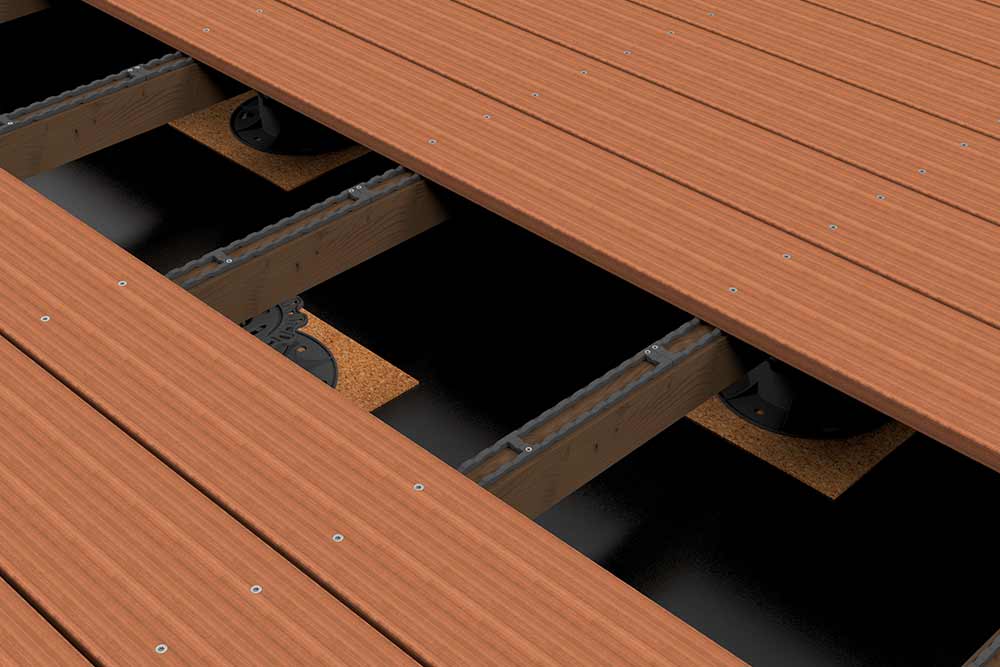
The Dista strip 2.0 acts as a spacer and provides a 7 mm gap between the floorboard and the substructure.
Info: Structural wood protection is a measure to ensure the longevity of the material. The most important measures include protection against moisture, mechanical stress, and biological attack. Examples of structural wood protection include the use of roof overhangs to shield the wood from rainwater, avoiding direct contact with the ground to prevent, for instance, fungal infestation and rot, or the application of wood preservatives. In terms of terrace construction, solutions from Eurotec’s product range can be used for this purpose, such as adjustable feet, wood protection tape, root barriers, post supports, and more.
Wood constructions can, of course, also be permanently protected against moisture if structural measures are implemented early on. DIN 68800 regulates all preventive measures for structural wood protection. The use of chemical wood preservatives should be largely avoided.
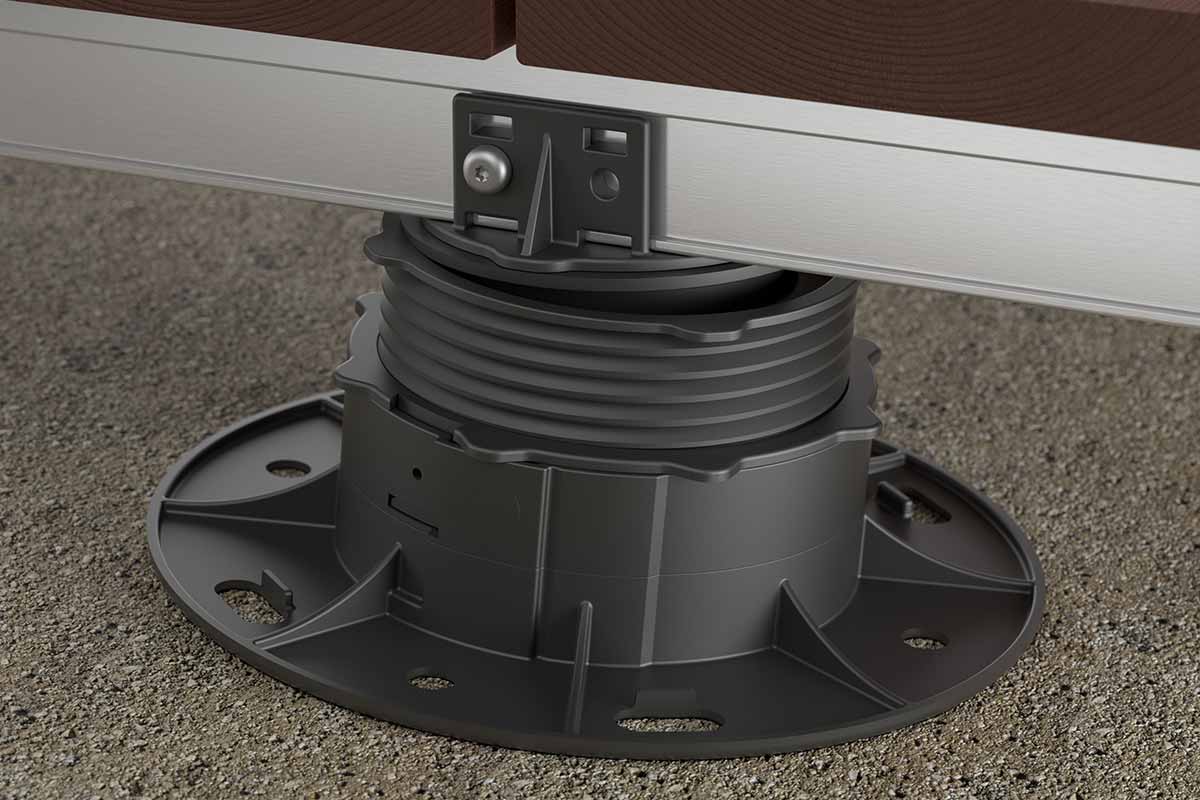
A professional terrace substructure using adjustable feet contributes to the structural protection of the wood.
Discover suitable wood protection products
Requirements for a Terrace in Use Class 3 / Service Classes 3.1/3.2/4 According to DIN 68800
Terrace constructions are usually exposed to the elements, which means that the wood is subjected to moisture over a long period—or even permanently—and water can accumulate. As a result, the wood’s equilibrium moisture content can significantly exceed 20%. This creates a high risk of damage from insects, fungi, or dry rot—risks that can be minimized through careful planning and the use of high-quality products.
In outdoor areas, wooden terrace boards must withstand numerous challenges, including weather conditions, moisture, UV radiation, and mechanical stress. For this reason, high-quality fasteners specifically designed for terrace construction play a crucial role. When boards are visibly fastened, various factors need to be considered. Regarding screws, it is especially important that they meet the specific requirements of Use Class 3. Firstly, fasteners should have high corrosion resistance to withstand moisture and chemical influences outdoors at all times. Additionally, they must be stable enough to accommodate wood movement—swelling and shrinking—and prevent screw shearing. It is recommended to use screws made of stainless steel (A2/A4) or hardened stainless steel (C1).
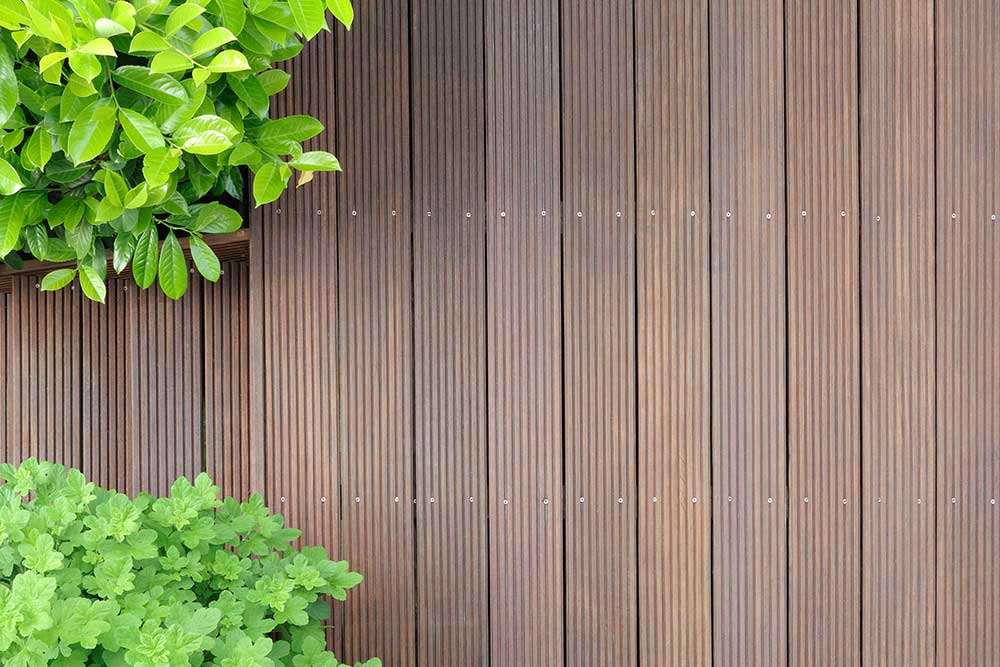
The Terrassotec decking screw, for example, is designed for fastening wooden structures and meets the specified load requirements. You can find other special decking screws that are suitable for outdoor use and comply with NKL3 in our product range.
Click here to view our fasteners for visible decking fastening:
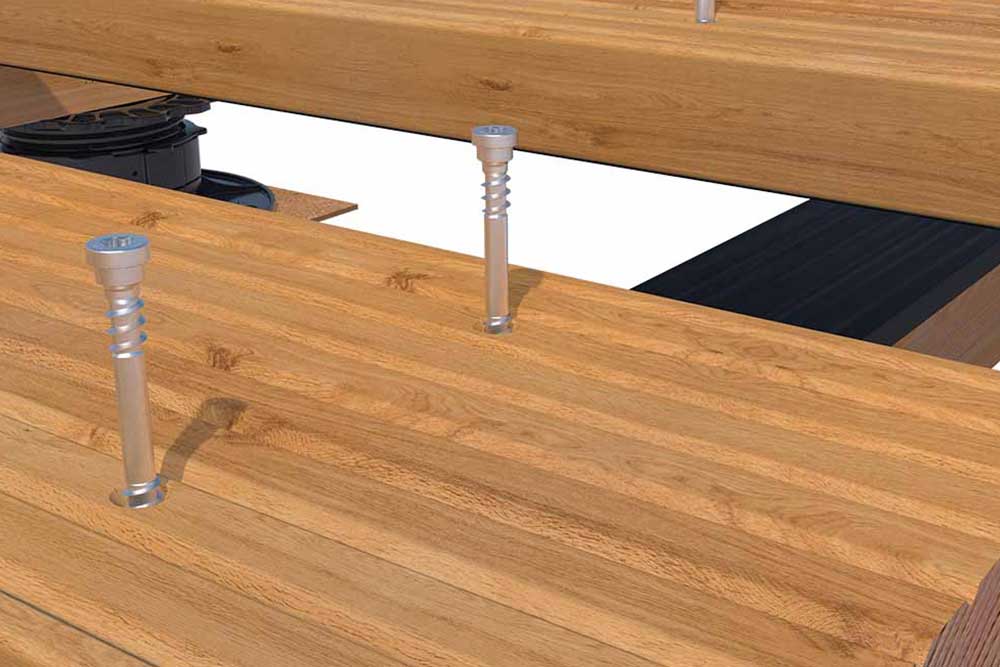
For a better understanding, we have created the following table, which provides important information about screw steels according to their corrosion resistance for fastening wood.
Here is a summary of all the information on the individual usage classes according to Eurocode 5:
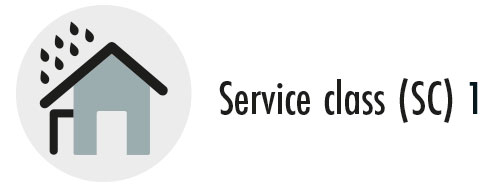
Service class (SC) 1 → u = 10 ±5 %, usually ≤ 12 % → Example: heated indoor spaces
Wood equilibrium moisture content 5 to 15%, usually not > 12%, corresponding to a temperature of 20 °C and a relative humidity of the surrounding air that only exceeds 65% for a few weeks per year.
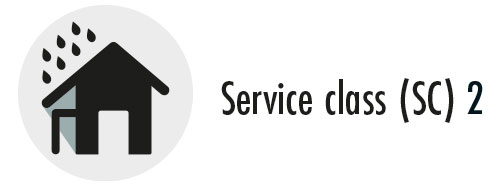
Service class (SC) 2 → u = 15 ±5 %, usually ≤ 20 % → Example: outdoors, but covered or protected from direct weather exposure
Wood equilibrium moisture content: 10 to 20%, corresponding to a temperature of 20 °C and a relative humidity of the surrounding air that exceeds 85% only for a few weeks per year.
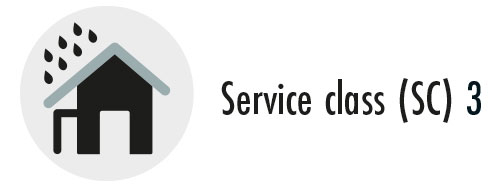
Service class (SC) 3 → u = 18 ±6 % → for example, a wooden terrace
Wood equilibrium moisture content: 12 to 24%, corresponding to climatic conditions that result in higher wood moisture levels than those specified for Service Class 2.
The usage classes according to DIN 68800 are also summarized below:
The service classes are a classification system used to assess the type and extent of any necessary chemical wood protection measures. In Germany, this is governed by DIN 68800 Part 1. Since the revised edition of DIN 68800 in 2011 / 2012, the term “service class” has replaced the former “hazard class.”
Before applying any chemical wood preservatives, it should always be checked whether preventive structural measures can provide sufficient protection for the wood.
For load-bearing and bracing wooden components, any wood preservatives used must have general building authority approval in accordance with Parts 2 and 3 of DIN 68800.
Universal wood preservatives for all four hazard classes (Iv, P, W, and E) are no longer permitted. The appropriate products must be selected based on the type of hazard or infestation.
In general, chemical wood protection can be omitted if wood species belonging to service class 4 with natural durability (resistance) are used.

Do you still have any technical questions?
We’ll be happy to advise you on your construction project!
Create a ticket now so we can help you quickly and efficiently — or use our free calculation software for your planning.
Other technical articles
Here you’ll find more technical articles with comprehensive content you need to know on the construction site or for individual projects—whether you’re just getting started or already have years of experience.


 Deutsch
Deutsch  English
English  Dansk
Dansk  Español
Español  Italiano
Italiano  Français
Français  русский
русский  Polski
Polski 